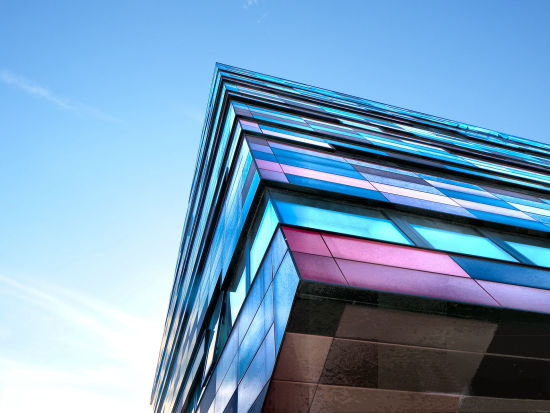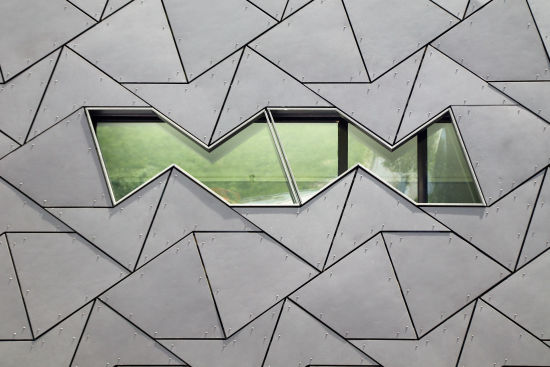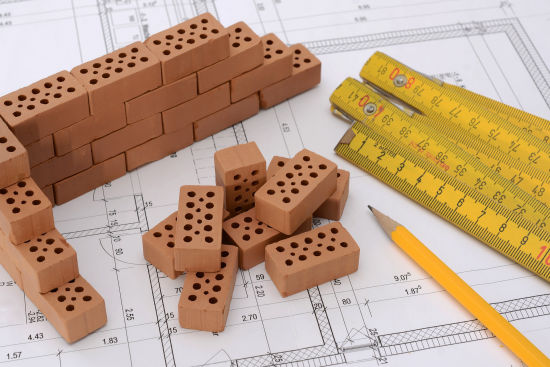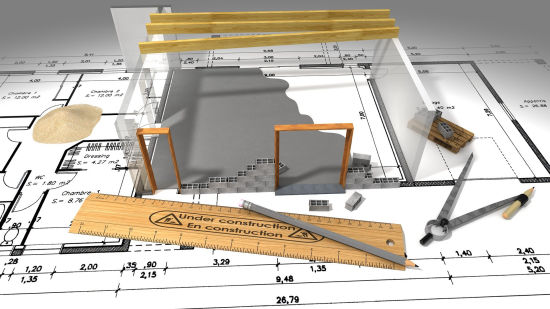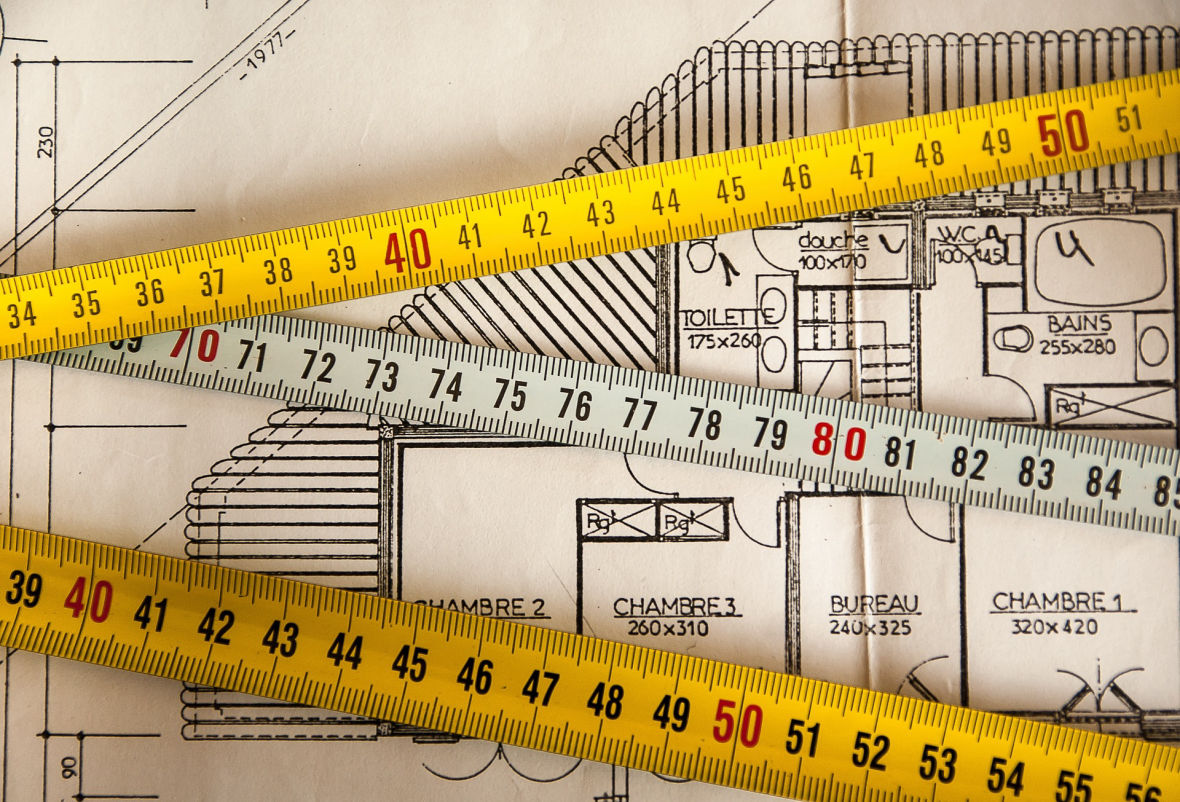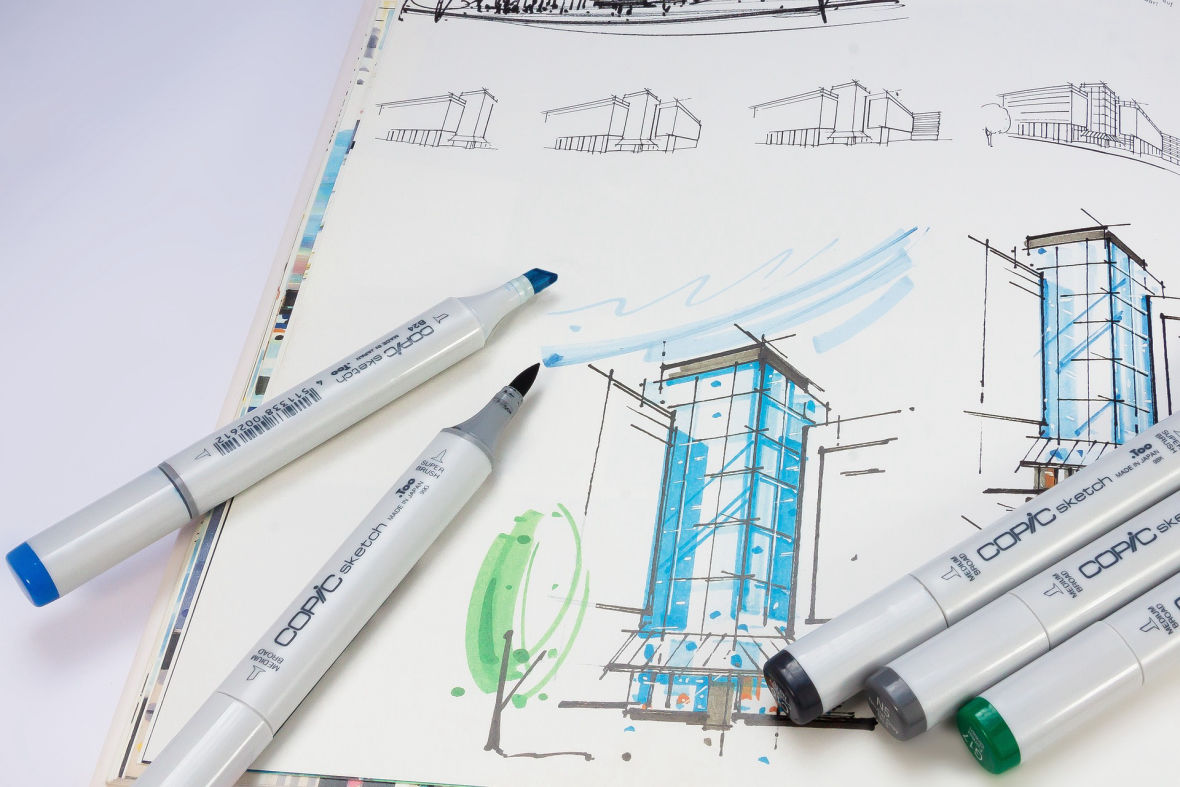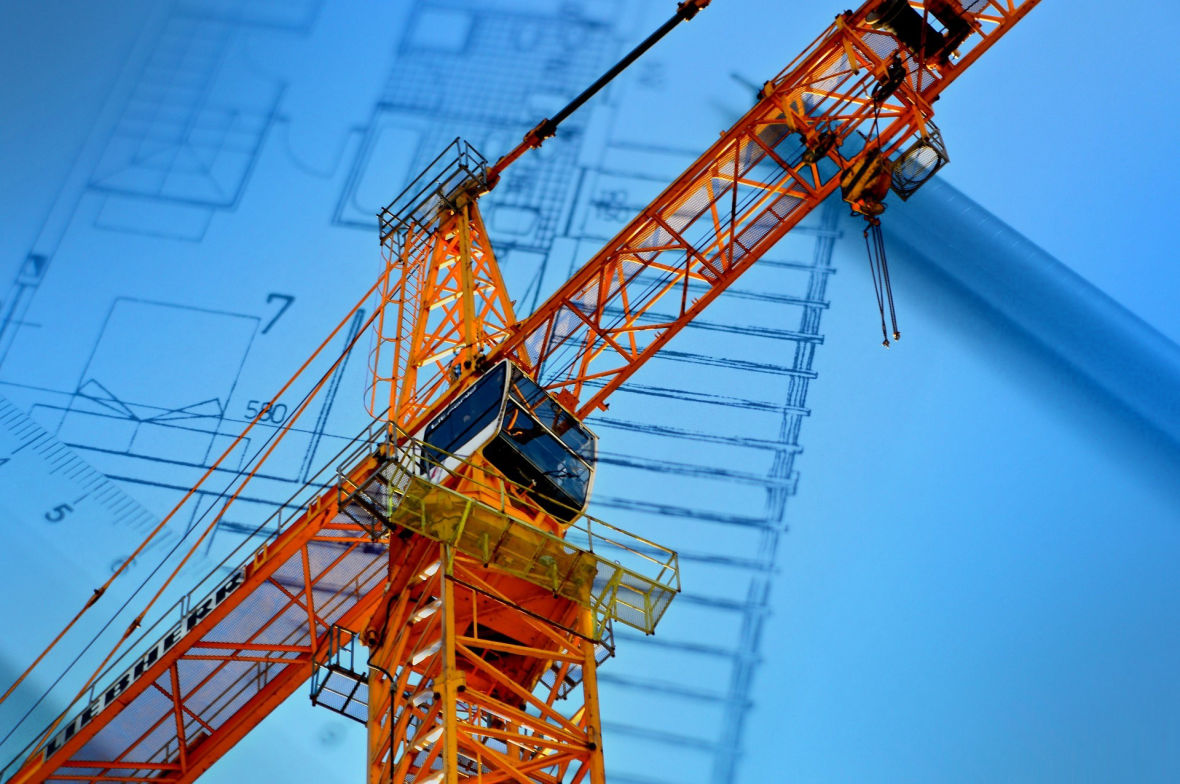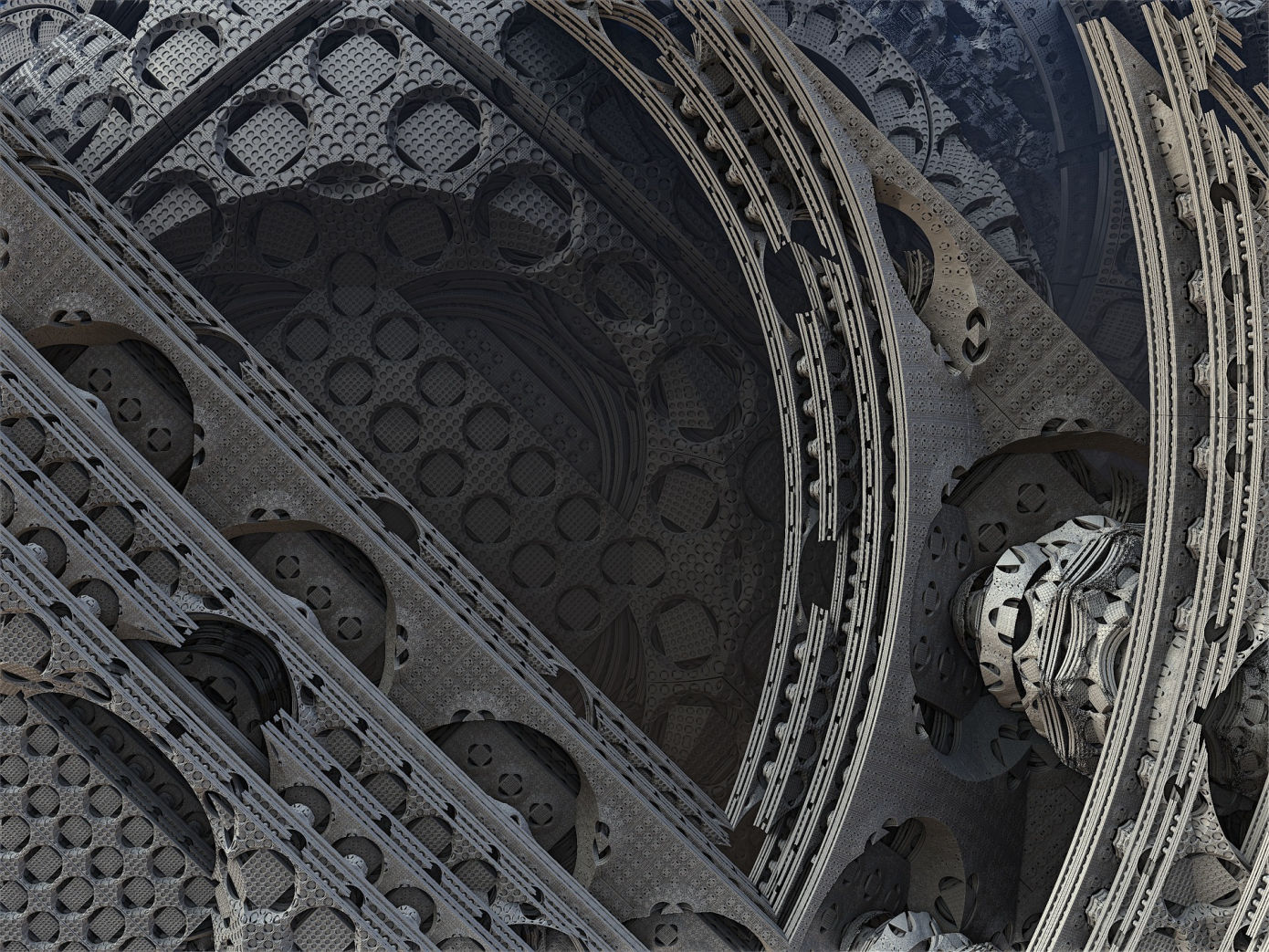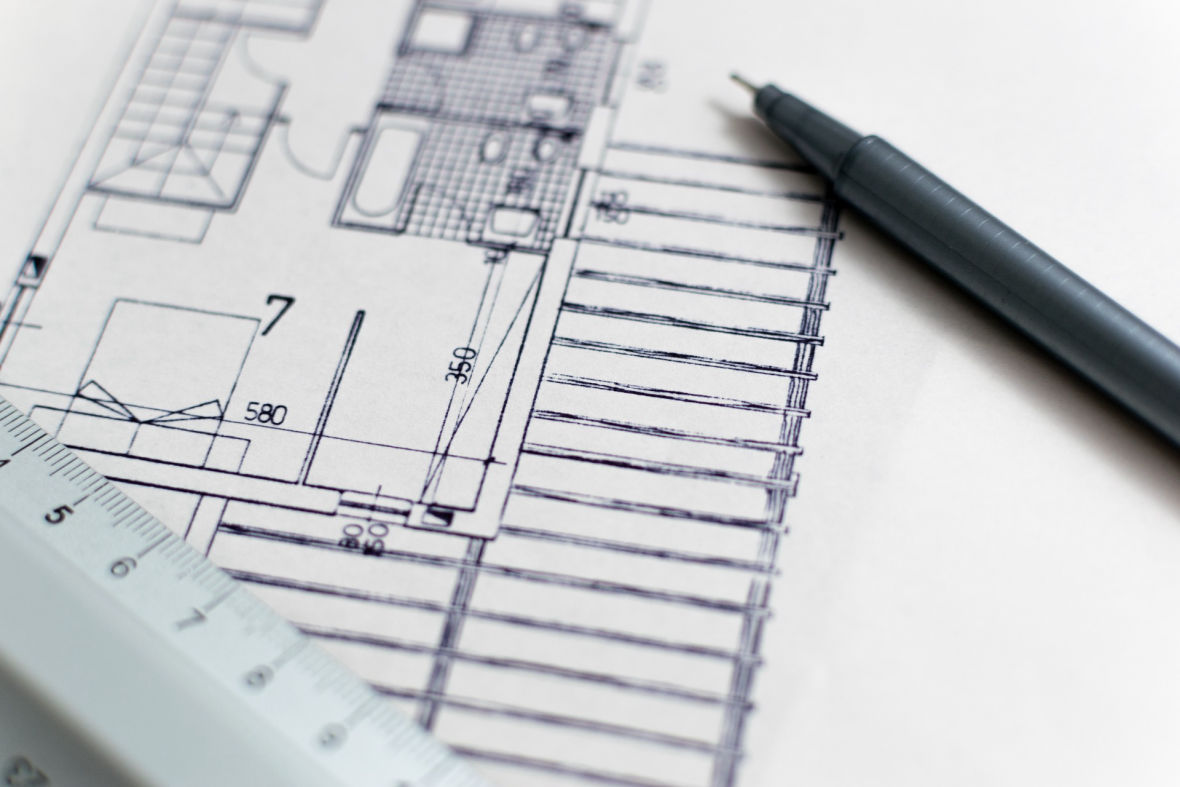
Our architects design buildings and other structures. They work closely with clients to understand their needs and develop a design and create detailed plans and drawings of the building, as well as specifying materials and other details. Once the design is complete, the architect works with engineers and contractors to ensure that the building is constructed according to their specifications. Throughout the process, our expert architects may also be involved in obtaining permits and other approvals, coordinating with other professionals, and managing the construction project.
